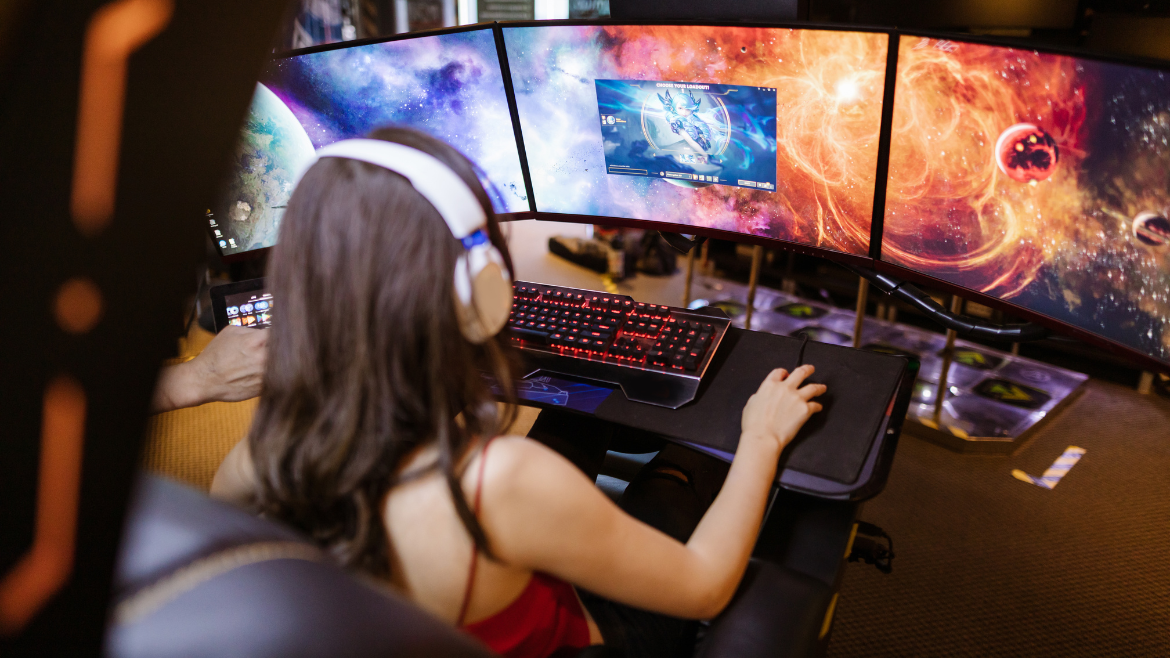Introduction
AI coding tools leverage LLMs trained on vast public and private code repositories. By interpreting natural language prompts, they can generate boilerplate, entire functions, and even project scaffolds. These assistants integrate directly into IDEs—Visual Studio Code, IntelliJ, and others—providing inline completions, documentation links, vulnerability checks, and test-case generation. Freed from mundane tasks, developers focus on architecture, business logic, and creative problem solving.
Examples of Leading AI Coding Tools
GitHub Copilot (OpenAI Codex) remains the most recognized, offering context-aware suggestions and refactors in real time. Amazon CodeWhisperer and Microsoft IntelliCode bring similar capabilities, with CodeGuru focusing on performance profiling and vulnerability detection. TabNine and Replit Ghostwriter serve both individual developers and teams with customizable models. DeepCode (Snyk) specializes in security scanning, while GPT Engineer can outline full-stack apps from minimal input.
Productivity and Code Quality Impacts
Controlled studies reveal developers using Copilot complete coding tasks up to 55.8% faster, with real-world surveys citing an average 20% productivity boost [?]. AI-driven pipelines yield 60% faster deployment cycles and automate 25% of CI/CD processes. However, synthesis errors persist: code churn has doubled post-AI adoption, and up to 42% of AI-generated snippets may hide vulnerabilities [?].
Market Trends and Adoption Rates
The global market for AI code generation is expected to reach $110.8 million by 2021, growing at a 25.5% compound annual growth rate (CAGR) from $35.5 million in 2024. Adoption is widespread: 45% of software companies integrate AI into development pipelines, and 78% of AI tools focus on code generation and bug fixing. By 2025, analysts project the broader AI-powered SaaS development sector to hit $25 billion.
Democratizing SaaS: From Buy to Build
AI coding tools lower the barrier to software creation, enabling “software compositors” in business units to build tailored apps via natural language. At a recent hackathon, Netlify users deployed an internal tool every ten seconds using Copilot-like assistants. Solo founders can launch micro-SaaS ventures with minimal coding, threatening traditional subscription models and forcing incumbents to embed AI to maintain defensibility.
New Developer Roles and Workflows
Roles like prompt engineer, AI code reviewer, and AI security auditor have emerged as a result of the development of AI. Development workflows now include AI-driven stages: prompt drafting, model tuning, AI output validation, and human-in-the-loop testing. Agile sprints compress as AI accelerates story completion and generates test suites.
Challenges and Risks
While AI yields gains, it introduces new challenges:
1. Security and Privacy
Up to 10% of AI prompts leak proprietary data, and 56.4% of developers report security issues with AI-generated code.
2. Accuracy and Context
AI can produce syntactically correct but functionally flawed code, lacking deep domain understanding.
3. Ethical and IP Concerns
Models trained on open source may inadvertently reproduce licensed code.
4. Skill Atrophy
Over-reliance on AI suggestions risks weakening developers’ problem-solving skills.
Best Practices for Safe and Effective Use
1. Human-in-the-Loop Review
Rigorously review and test all AI outputs.
2. Secure Deployment
Implement automated security scans; use private model deployments for sensitive projects.
3. Ethical Guidelines
It's possible for models trained on open source to unintentionally replicate licensed code.
4. Continuous Training
Teams should be trained on security vetting, AI limits, and prompt engineering.
5. Skill Maintenance
Conduct regular AI-free coding challenges to preserve fundamentals.
Future Directions in AI-Driven Development
Emerging trends include
1. AI/CD Pipelines
Fully autonomous cycles where AI generates, tests, and deploys code.
2. Domain-Specific Models
LLMs fine-tuned on industry-vertical codebases for compliance and context.
3. Collaborative AI Pair Programming
Real-time chat and code walkthroughs within IDEs.
4. Explainable AI
Regulations will require transparency in AI-generated code lineage.
Real-World ROI Metrics
Organizations measure generative AI’s impact across key dimensions:
These metrics demonstrate measurable business value from immediate productivity gains to long-term strategic advantages.
Notable Case Studies
Several enterprises showcase AI’s ROI:
1. AstraZeneca
AI agents cut early drug-discovery time by 70%, fast-tracking clinical development.
2. American Express
25% of customer care conversations were automated by AI chatbots, which decreased expenses and increased customer satisfaction by 10%.
3. Bank of America
The “Erica” virtual assistant handled over one billion interactions, decreasing call center load by 17%.
4. General Mills
AI-driven logistics planning saved $20 million in transportation costs in FY 2024 and projects $50 million in waste reduction this year.
5. PayPal
Adaptive deep-learning fraud models reduced transaction losses by 11%, contributing to 7% revenue growth in Q2 2023.
Security Reality Check
Despite benefits, security remains a critical concern.
80% admitted to bypassing AI security policies.
87% expressed concern about AI security risks.
These findings underscore the necessity of automated security pipelines, stringent code reviews, and developer training on responsible AI use.
Advanced Trends and Predictions
AI coding tools continue evolving in 2025 and beyond:
1. Contextual Code Understanding
Tools now tailor suggestions to coding style, project goals, and legacy systems.
2. Real-Time Debugging
Automated bug detection cuts debugging time by nearly 60%, expediting testing and QA.
3. Design-to-Code Automation
Soon, uploading design assets will generate fully working UIs without manual coding.
4. Industry-Specific Assistants
Specialized AI for banking, healthcare, and e-commerce will embed compliance checks and domain logic.
5. End-to-End AI Pipelines
From requirement gathering in natural language to production deployment, AI will orchestrate the entire flow.
Conclusion
AI coding tools are reshaping software development by accelerating delivery, enhancing quality, and democratizing custom software creation. As enterprises witness clear ROI—from reduced bugs and maintenance costs to accelerated time-to-market—they’re embedding AI across the DevOps lifecycle. To harness AI’s promise responsibly, organizations must adopt robust security measures, maintain human oversight, and invest in AI-centric skills. With advancements in domain-specific models, full-stack generators, and AI/CD pipelines on the horizon, the synergy of human expertise and machine intelligence will define the next era of software innovation.
FAQs
1. Are AI coding tools worth the investment?
Yes. Measurable ROI includes 30–55% faster delivery, 40–60% fewer bugs, and 25–40% lower maintenance costs. Case studies from American Express, Bank of America, and others confirm significant savings.
2. How can teams mitigate security risks?
Implement automated security scans, enforce human-in-the-loop reviews, and deploy private editions of AI models for sensitive codebases. Educate developers on secure prompt design and code vetting.
3. Will AI replace software developers?
No. AI excels at boilerplate and repetitive tasks but lacks deep domain insight, architectural foresight, and human creativity. Developers remain essential for complex design, critical reviews, and maintaining code quality.
4. What skills will developers need?
Beyond coding, developers must master prompt engineering, AI model tuning, security auditing, and integrating AI-driven pipelines into DevOps workflows. Soft skills such as critical thinking and ethical judgment will also grow in importance.
5. How do AI tools impact SaaS providers?
Enterprises can now build custom applications rapidly, reducing reliance on external subscriptions. To keep clients, aaS providers need to incorporate AI assistants, provide distinctive data insights, and guarantee defendable intellectual property.
6. What’s the future of collaborative coding?
Expect AI pair programming within IDEs, where assistants engage in real-time chat, suggest code refinements, debug interactively, and mentor developers, fostering a seamless human-AI partnership.















0 Comments